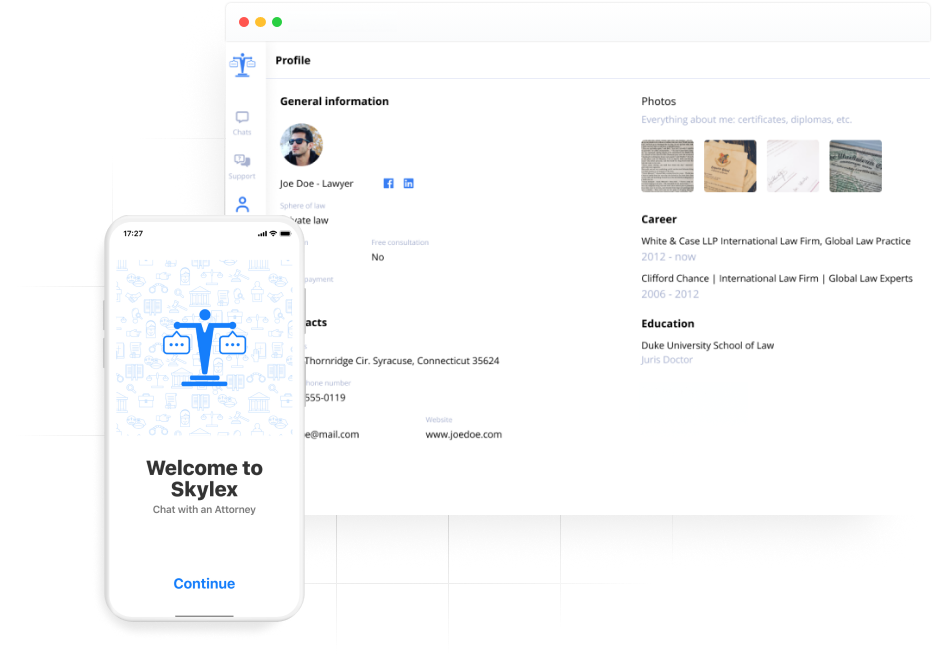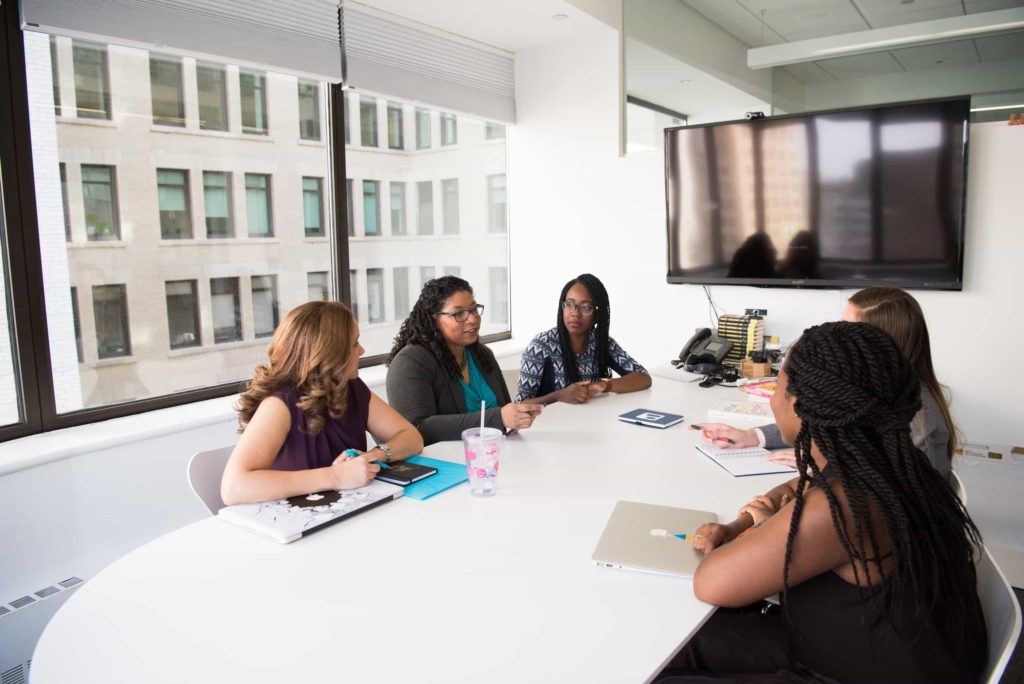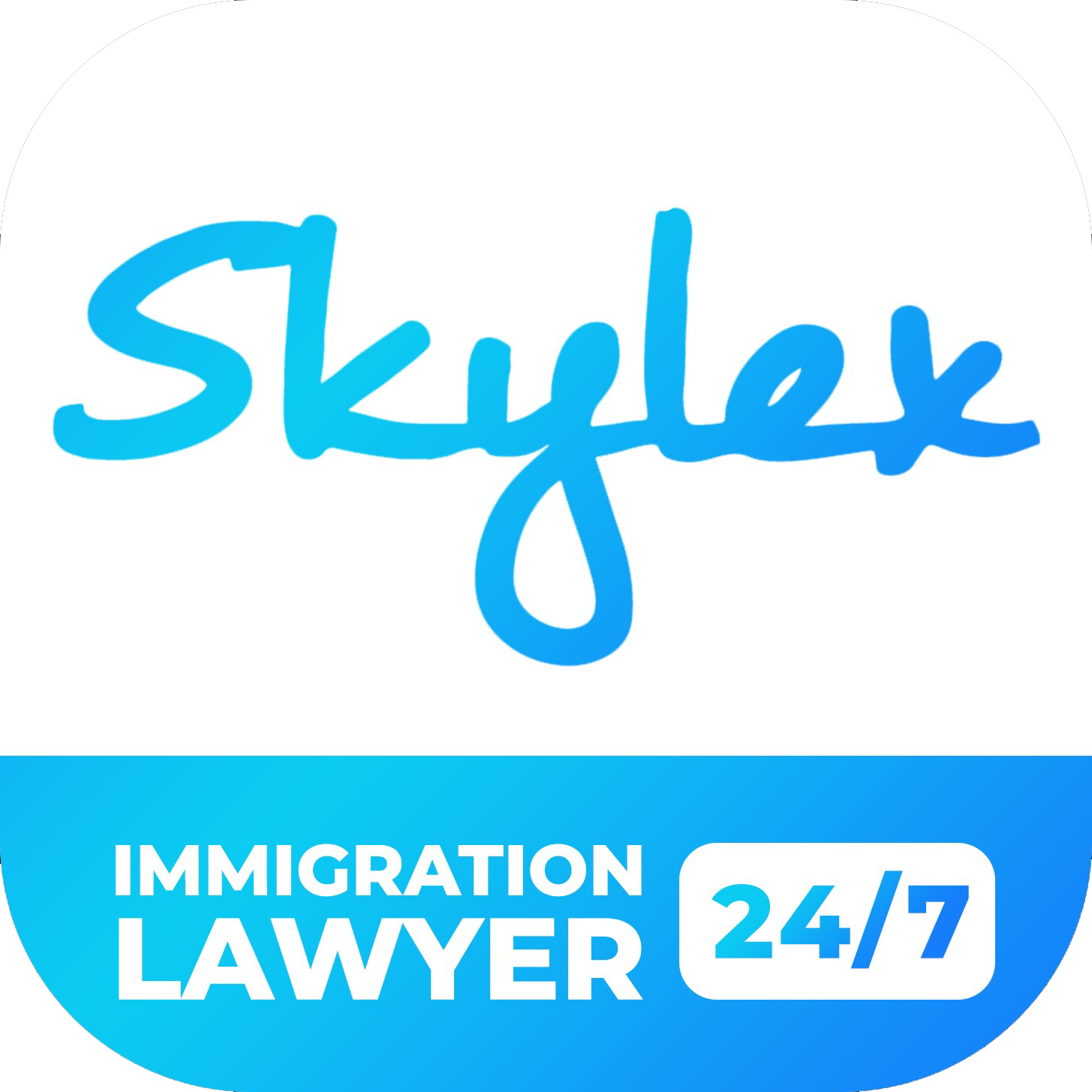Skylex Immigration Lawyer | Solution to any immigration problem
- About
- Immigration Lawyers
-
-
- O-1 Visas: Immigration Options for the Extraordinary
-
-
- Immigration Fee
- Contact Us
Work Visas
L Visa


L Visas: Bringing Your Foreign Employees to the U.S.
Employee Eligibility:
- Have been working for the qualifying organization abroad for one continuous year within the 3 years; andficiary of an approved Form I-140, Immigrant Petition for Alien Worker; or
- That employment must have been either in an executive, managerial or specialized knowledge capacity; and
- The planned U.S. employment in the U.S. must also be in a managerial, executive, or specialized knowledge capacity.

More specifically, there are two types of L-1 visas that may be issued to foreign employees:

L-1A: This visa pertains to intra-company transfers for executives and managers.
L-1B: This visa allows employees with specialized knowledge to enter the U.S. as intra-company transferees.

Company Eligibility:
- Have a qualifying relationship with a foreign company, such as a parent company, branch, subsidiary, or affiliate, or other entity demonstrating common ownership or control; and
- Be doing business in the United States and in at least one other country directly or through an organization with the required qualifying relationship for the duration of the employee’s stay in the United States as an L-1.


L-1 Process:
Once the petition is approved, employees already in the U.S. may be eligible to apply for a change of status with USCIS if they hold an eligible non-immigrant visa. However, for most employees in the U.S. and abroad, they employee will have to go through consular processing to receive his or her L-1 visa and enter the U.S. For consular processing, USCIS will submit the approved petition to the National Visa Center and an interview will be scheduled for the employee at a U.S. Embassy or Consulate. The employee must submit form DS-160 and bring other documents to the interview and pay the required visa fees. If the applicant is approved, he or she will receive and L-1 visa and be able to enter the U.S. to begin work.
Blanket L-1 Visas:
Special Considerations for New U.S. Businesses:


Extensions and Green Cards of L-1 Employees:
L-1A visa holder may qualify as “first preference” and gain EB-1C status as a permanent resident without having to undergo the labor certification (PERM) process. L-1B visa holders may also apply for a green card as skilled workers but they employer will likely have to undergo labor certification. For more information on the PERM process and other immigrant employment visas.
Dependents:
Due to the strict requirements for L-1 visa employers and employees, it is very important for petitioning employers to understand what the business relationship between the U.S. and foreign entities and to evaluate employee qualifications. The experienced business immigration attorneys at Skylex can help you in getting hassle free approval on L visas. Check our Fees for L-1 Visa petitions.






